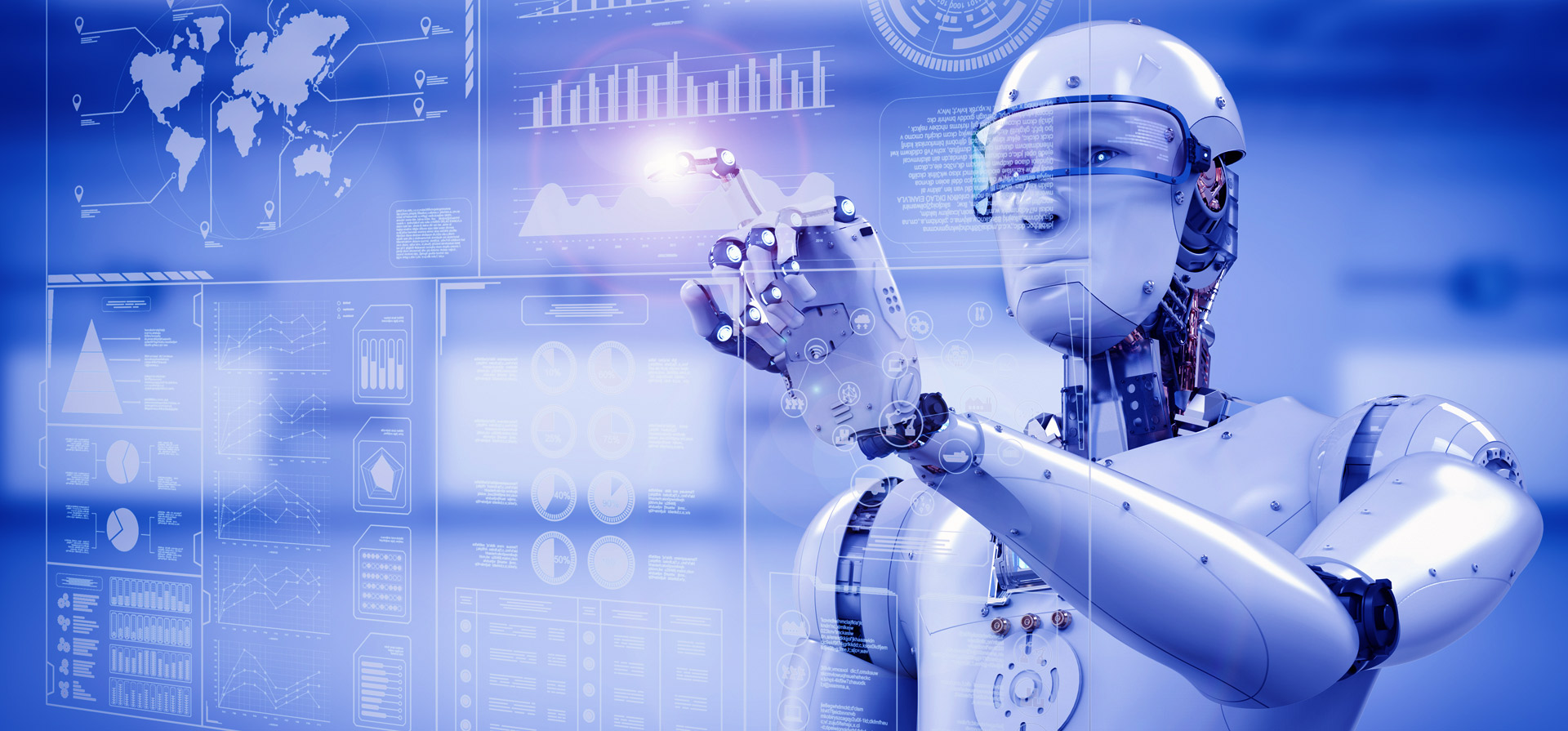
Listen to this blog
For decades, pundits and tech journalists have been heralding the rise of intelligent machines and how they will revolutionize the way we live our lives. A big part of that shift involves “intelligent” software that will transform the modern workplace.
With the arrival of accessible automation tools like Robotic Process Automation (RPA), we are finally beginning to see a noticeable change in the way digital technology impacts our work routine. Here are some ways that RPA is transforming our experience – and our responsibilities – as knowledge workers.
Read more: The many business functions where RPA can provide stellar results
Prepare to become a “bot boss”
The successes of RPA early adopters have begun to catch the attention of other businesses that are seeking to replicate their results. This momentum will propel RPA into the mainstream very quickly, and just as quickly, the average knowledge worker will have to transition from never having heard of RPA to possessing practical experience working with bots.
You might have encountered self-serve checkout lines at your local supermarket. Instead of a team of cashiers scanning groceries, a single cashier acts as a trainer and supervisor for first-time users of this new system. They walk customers through the process and provide assistance when something unexpected happens. Implementing RPA represents an opportunity for many employees to be “promoted” to a similar supervisory role.
Suppose you spend several hours each week searching for emails that contain details on recent shipments, finding out which courier company the shipment is being delivered by, checking the status of the shipment on that courier’s tracking website, and typing that status into your company’s central supply chain database. With an RPA solution, you could train a bot to carry out the same series of tasks. You’ll just be responsible for monitoring your bots, which will allow you to concentrate on more strategic processes.
Since your bots will use the same digital tools (email clients, web browsers, spreadsheets, etc.) as you used to, you’ll still rely on your prior experience working with those tools. You’ll also need to learn enough about the RPA platform to track how your bots are performing and intervene when they encounter situations they weren’t trained to handle.
Transitioning to a bot trainer
To take your career to the next level, you could learn how to train your bots on new tasks instead of relying on your IT department to make adjustments every time your tasks change. You’d quickly become a more agile, more valuable employee.
For example, if management decides that any part substitutions in your manufacturing processes need to be approved by two separate engineers instead of one, then you could train a bot to forward each substitution request to the correct personnel and only proceed with the change after the bot receives two approvals.
Even though several “no-code” RPA platforms exist that are much simpler than full-fledged application development, training complex bots often requires a basic understanding of programming fundamentals like conditions, loops, and functions. People that use computers and smartphones on a daily basis will catch on fairly quickly, but their shift in job focus could lead to difficulties similar to the sort that first-time managers often face.
Getting ahead with process analysis
Suppose you’ve gained experience as an exception handler for your virtual workforce. You’ve also become proficient at training and retraining your team of bots whenever the need arises. What’s next in your career progression in this new, RPA-driven work environment?
Instead of making tactical changes to bot behavior, your business can gain even more value by using RPA to establish different operating procedures. To accomplish this, it isn’t enough to know how to train bots; you also need to understand how to analyze and optimize business processes. You’ll need to develop an eye for process inefficiency and devise clever solutions that you can implement using bots and any other digital tools you might have handy.
However, process analysis isn’t everyone’s cup of tea. Your organization might want to seek expert help to make sure any proposed operational changes add real value instead of introducing unnecessary complications of their own. Hiring a qualified automation consultant can save you from weeks of trial and error.
Providing a “human touch”
Aside from learning to augment your capabilities using bots, it is essential that you invest in acquiring skills that are still considered “uniquely human”. Human interaction and creative thinking are examples of tasks that bots perform worse than humans. Achieving mastery in these areas might be the best form of job security in the coming years.
Conclusion
The nature of office work will move away from menial knowledge tasks. Bots will string together simple actions and send us the results. Our focus will shift to reviewing, correcting, approving, and curating the information that these bots give us. Human workers will increasingly use automation tools in the workplace and will need to know how to monitor and train them. Humans will primarily remain engaged in tasks that they do better than bots, or that bot’s can’t do.
While RPA is an affordable way to quickly scale your business and augment worker productivity, talking to an automation professional can help you bypass many of the growing pains that organizations face when they try to train and deploy bots on their own. To discover the best approach to applying RPA to your own business challenges, please contact Visionet.




